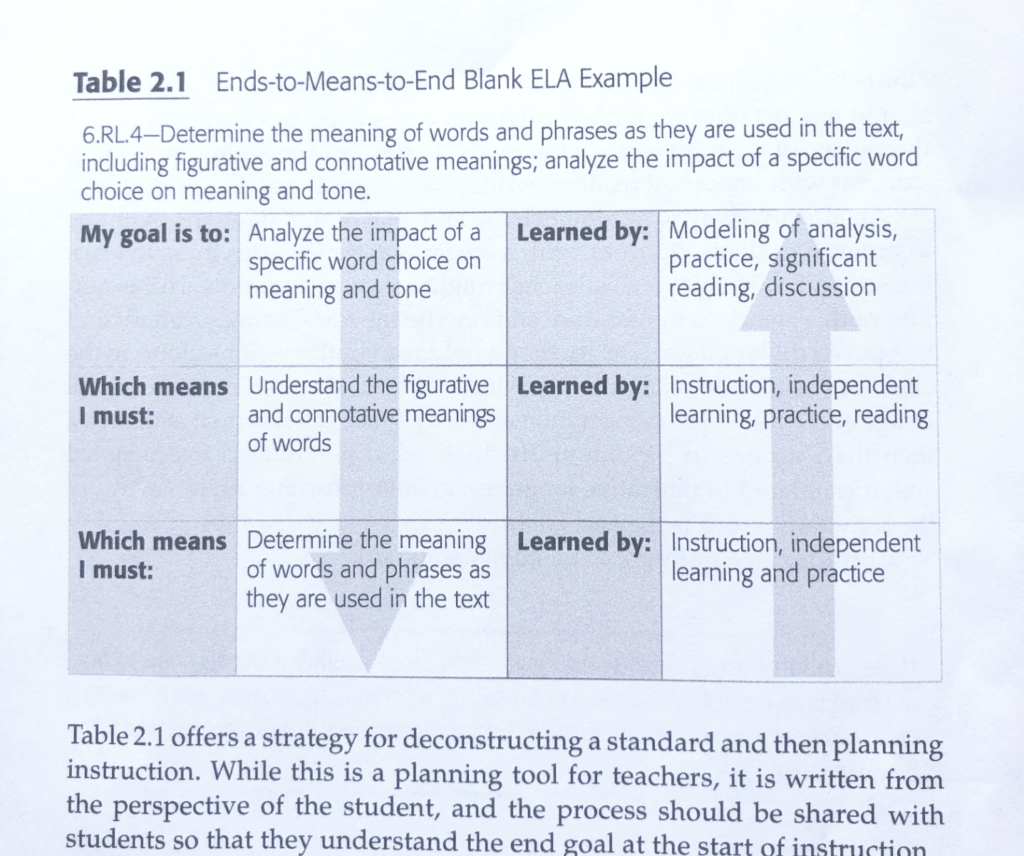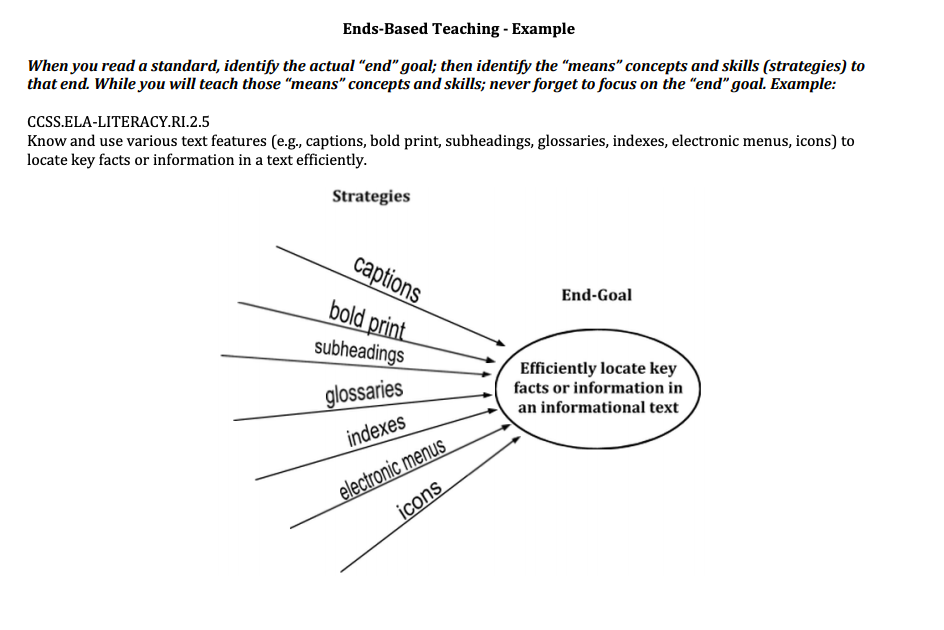What does the word power bring to mind? Anything with power generally drives, motivates, or pushes other entities. A powertrain has been described as a car’s “go parts.” I love that definition!

Schools everywhere have to make up for lost time from the spring school closures. You don’t have to lose content though. If you focus on “power-standards,” you can use them as your curricular go parts!
A power-standard narrows the focus to what is important and drives mastery of all related content. In my opinion, that’s the answer to the challenge of catching up in the 2020–2021 school year!
How do you identify the power-standards? Think application! Consider a typical set of math standards for sixth grade:
- Understand the concept of ratio and use ratio language to describe a ratio relationship between two quantities.
- Understand the concept of a ratio a/b associated with a ratio a:b (where b is non-zero) and use rate language in the context of a ratio relationship.
- Use ratio and rate reasoning to solve real-world problems.
The power-standard is #3, because that drives learning the other standards. Common practice is to spend time teaching #1, then #2, and then #3. Teaching through power-standards means starting with #3, which builds a “felt need” in students to learn the content of standards #1 and #2.
The key to teaching through power-standards is not to focus on incremental teaching, building up to a skill. It’s about focusing on the application of a skill that will motivate students to learn what they need to make it happen. Here’s an example of using an interest-based task to drive students to grapple with ratio:
“As you head into your teen years, you’ll be setting lots of personal goals that help define who you are. You may set a goal that has to do with achievement in a sport, an accomplishment in the arts, academics, impacting the world in a positive way, saving money toward a purchase; or anything else. A goal needs a plan; a plan plays out over time; and your effort produces a rate of achievement. There’s no time to waste in defining you! So let’s get started! Create your Master Plan and journal for accomplishing at least three different goals.”
Students set a goal, establish benchmarks toward that goal, and create a plan for practice to achieve the goal. From there, you can have them run a variety of scenarios in which they will use ratio language to describe their goal achievement. “If I practice my basketball skills 1.5 hours a day for 30 days, how many hours of practice would I put in?” Malcolm Gladwell, in his book Outliers, says it takes 10,000 hours of practice to become world-class in a skill. “How long will that take me to complete 10,000 hours of practice? What if I practice more each day? What if I practice less? How much time do I spend in a day on my practice vs. other activities? . . .”
Needless to say, all of that will require students to learn and build facility in working with ratios. It may also reinforce skills in fractions, decimals, equations, and other mathematical topics, as real-world application of a skill usually spills over into other areas, and that just further solidifies learning.
Breaking Down a Standard
Once you identify a power-standard, you can now drill down to determine everything students will need to learn to achieve the standard. Then think about how students could learn each. See Table 2.1 below from the book It’s Not What You Teach But How (Sulla, 2015).

You can use this tool on “ends-based teaching” (referenced from the same book) to deconstruct a single standard to get to the power part of it. (Just click through to the free content.)

Start with the power-standards, the application of learning, preferably linked to a real-world problem. Students will be motivated to learn the related, prerequisite skills to accomplish the task.
More Resources
EdQuiddity Inc. offers an online course — a Virtual Learning Community (VLC) — in “Teaching Through Power Standards.”
